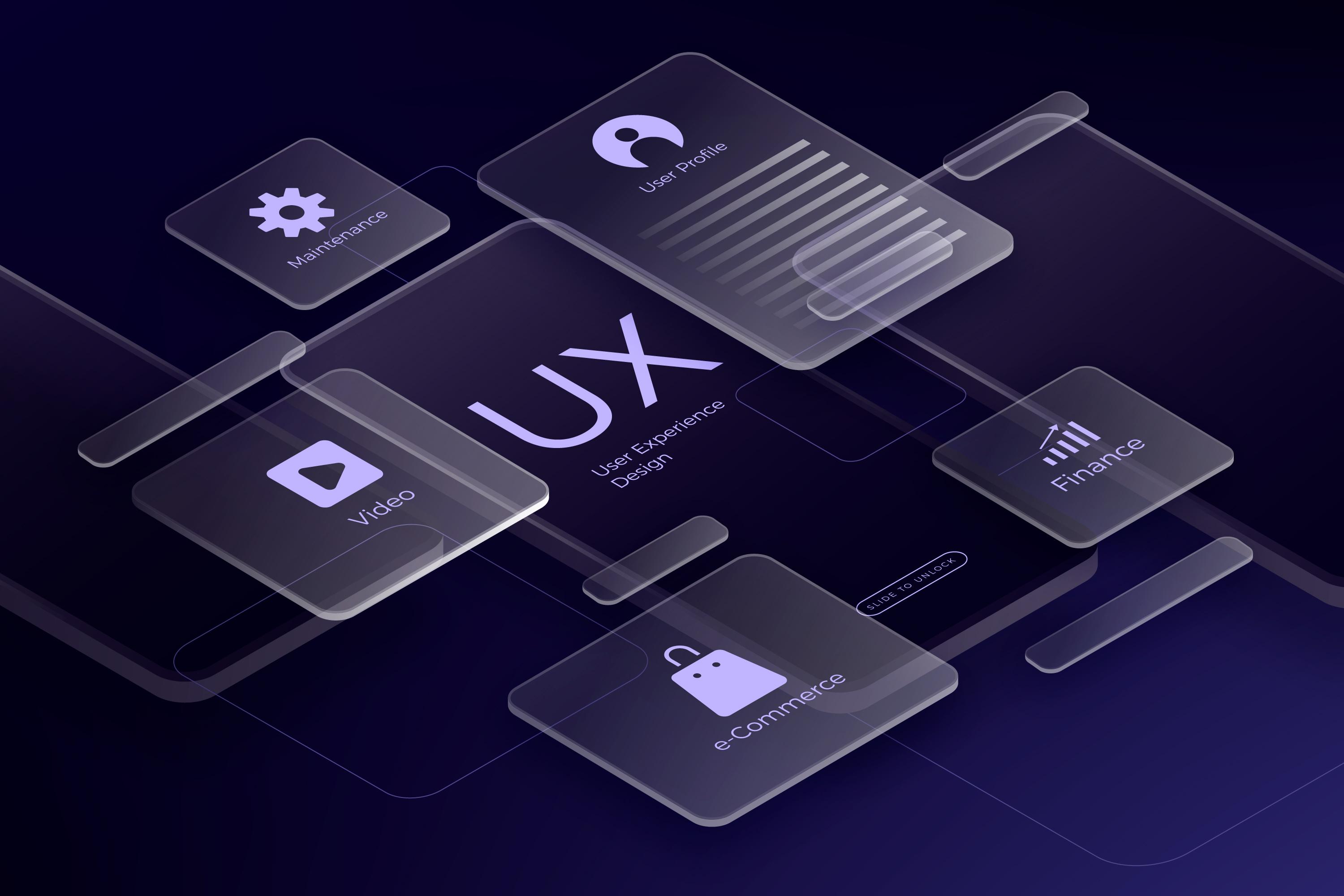.jpg)
.jpg)
Performance Improvement
20 Aug 2024
7 min read
What will you learn?
Where to start your WCAG journey?
Is it possible to conduct a WCAG audit with free plugins?
Which WCAG plugins should you use?
When is it necessary to hire professionals to audit your website or system?
This is the second article in our WCAG series, discussing web content accessibility guidelines. We should start by saying that the WCAG 2.1 guidelines (3.0 are being prepared, and we don't know when they will be published) are not easy to understand by a developer and/or designer who has not read the documentation provided by the World Wide Web Consortium (W3C).
The documentation is divided into different categories, but it's worth mentioning that it contains about 2000 pages of technical information!
Why do I start with this? At Authentic Digital, we work with companies that incorporate WCAG rules, and we see how difficult it can be at times, even with a highly skilled and technical team. Many companies are unaware of the complexity of including accessibility guidelines in a system or website.
We should remind you that by June 28, 2025 European companies (private and public) should get at least level AA of WCAG as it is a global standard. From that moment on, all websites, systems, and digital content operating in the EU for travel, banking, and e-commerce will be required to embrace accessibility.
The recommendation is level AA, but it will be extremely difficult to achieve in some cases.
We will elaborate on why in the upcoming articles.
But Let's Start with the Basics. Why Web Accessibility Matters?
Web accessibility is essential for creating an inclusive online experience. Whether your company is B2B or B2C, your system, application, or website should be accessible to all clients and employees regardless of their abilities.
The important thing is that after June 28, 2025, anyone who notices that a given website or app is inaccessible can sue the company that owns it.
So, how do you start the journey with WCAG 2.0?
If you would like to scan your website to determine what needs to be changed, you can start by using free and paid (but not expensive) online tools and plugins. By conducting an audit, you can determine whether your IT team can implement changes or if you need external support.
Using the right tools to audit your website can help you identify and fix accessibility issues, but there is one very important thing: you can't rely 100% on these plugins!
They can help you make your digital content more accessible, but the next step should be contacting a company experienced in incorporating WCAG into systems.
Browser Plugins for Quick Accessibility Checks
Browser plugins are a convenient way to conduct quick accessibility audits directly from your web browser. These tools are particularly useful for developers and designers who need to spot-check pages during development.
1. WAVE (WebAIM)
WAVE is a powerful browser extension that provides visual feedback about the accessibility of your web content. It highlights issues directly on the webpage, making it easy to see what needs fixing. WAVE is particularly useful for identifying missing alt text, poor contrast ratios, and other common accessibility issues. This tool provides visual feedback on web content accessibility by highlighting missing text alternatives, low contrast ratios, and improper keyboard focus. WAVE helps web developers make web pages more accessible by ensuring all content is perceivable and operable.
2. Silktide Accessibility Toolbar
The Silktide Accessibility Toolbar is another excellent plugin offering various tools for analyzing and improving web accessibility. It includes features for checking contrast, simulating different visual impairments, and highlighting code issues, helping you understand and address accessibility problems effectively.
3. Axe DevTools
Axe DevTools is a favourite among developers for its comprehensive and developer-focused accessibility testing capabilities. It integrates seamlessly with Chrome DevTools, allowing you to identify and fix accessibility issues directly in the browser. Axe DevTools is particularly strong in detecting WCAG violations and providing actionable recommendations.
4. Lighthouse
Lighthouse Developed by Google, Lighthouse offers a robust web accessibility analysis that checks against the WCAG 2.1 success criteria. It evaluates visual presentation, text content readable, and time-based media to ensure that content is accessible to all users, including those using assistive technologies.
5. Colorblindly
Colorblindly is a unique plugin that simulates various types of colour blindness. This tool allows you to experience your website as a colourblind user would, helping you identify and fix issues related to colour contrast and design choices that could hinder accessibility.
Web Scanners for In-Depth Analysis
Web scanners provide a more comprehensive approach to accessibility auditing. They often scan entire websites for compliance with WCAG standards. These tools are ideal for larger organizations or those looking for a more detailed analysis of their site's accessibility.
1. EqualWeb
EqualWeb offers a robust web accessibility scanning tool that provides automated testing and comprehensive reports on WCAG compliance. It is designed to identify various accessibility issues, making it easier for your team to implement fixes across your website.
2. Monsido
Monsido is a powerful platform integrating web accessibility scanning with broader digital governance tools. It helps organizations monitor their websites continuously, ensuring compliance with accessibility standards.
3. Accessibility Checker
Accessibility Checker is a free tool that offers real-time WCAG compliance checks. It provides a simple yet effective way to ensure your site meets accessibility standards, making it a great starting point for small to medium-sized businesses.
4. QualWeb
QualWeb comprehensively evaluates your website's accessibility, covering various WCAG criteria. It provides detailed reports and actionable insights, making it easier to understand and address accessibility issues.
Screen Reader Tools for Testing User Experience
Screen readers are essential tools for testing the user experience of people with visual impairments. These tools convert digital text into speech, allowing users to navigate websites without relying on visual cues. Testing your website with a screen reader is crucial for ensuring it is truly accessible.
NVDA (NonVisual Desktop Access)
NVDA is a screen reader that allows web developers to test how user agents interpret web content, including assistive technologies. It is crucial to ensure that audio descriptions, data tables, and other non-text content are accessible to users who rely on screen readers.
In today's digital age, ensuring web accessibility is critical for organizations. The Web Content Accessibility Guidelines (WCAG) provide a comprehensive framework for making web content accessible to all users, including those with physical disabilities. By conforming to WCAG guidelines, web developers can enhance the usability of their web pages and ensure compliance with global accessibility requirements.
Understanding WCAG and Its Importance
The Web Content Accessibility Guidelines (WCAG) are designed to make digital content accessible to a broader audience. WCAG is built on four core principles: Perceivable, Operable, Understandable, and Robust, which collectively ensure that web content is accessible to all users, regardless of their abilities. WCAG 2.0 and WCAG 2.1 provide detailed success criteria that web developers must meet to achieve different conformance levels, such as Level AA and Level AAA.
Level AA success criteria are particularly important as they address the most common barriers to accessibility, such as ensuring a sufficient contrast ratio for text and images, providing text alternatives for non-text content, and enabling keyboard focus for navigating web pages. Implementing these success criteria ensures that users can navigate web content, submit information, and interact with user interface components without losing information or encountering barriers.
Web Audit Tools to Enhance Accessibility
Various web audit tools are available to help web developers conform to WCAG. These tools help identify and correct accessibility issues across multiple web pages, ensuring that the entire site meets the necessary accessibility requirements.
The Role of WCAG in Future Web Development
As new technologies emerge, it's important to ensure that web content remains accessible. WCAG 2.2 introduces new success criteria that address challenges presented by modern user interface components and path-based gestures. These guidelines help ensure functionality occurs in predictable ways and that web pages are accessible even when new technologies are implemented.
Moreover, WCAG emphasizes the importance of creating robust content that is backwards compatible with older user agents while also being accessible to future user agents. This includes ensuring that content is interpreted reliably across different devices and platforms, thereby enhancing the overall accessibility of digital content.
Summary
As long as these tools provide web developers with the insights needed to make web pages more inclusive, it is not the best idea to rely on them completely.
They can be used as basics—something to start with—but they can't replace professional audit or developer knowledge.
Companies should take a comprehensive approach to web accessibility, which means working with professionals who have experience working with WCAG on a daily basis. This helps organizations meet legal requirements and improves the overall user experience, making the web more inclusive.
SERVICES YOU MAY BE INTERESTED IN
Other Posts Related to Performance Improvement
Learn how we have managed to aid business initiatives around software products
.jpg)
What is WCAG? And Why Should You Care About It?
The guidelines are designed to make web content more usable to people with physical disabilities, such as visual, auditory or speech disabilities, as well as cognitive, language, learning, and neurological disabilities.

Leveraging WCAG to Build Inclusive Investor Portals in Asset Management
WCAG is a recognized standard providing a framework for creating accessible digital content. By June 28, 2025, all companies within the EU should incorporate it.

WCAG and The Future of Accessibility in Asset Management: Trends to Watch
Accessibility is becoming a critical priority across industries, and the asset management sector is no exception. Embracing inclusive practices is essential for engaging a diverse client base and meeting the growing legal and regulatory accessibility requirements, including accessibility regulations.

The Critical Importance of Consistency in Design Systems
In the fast-paced world of digital product development, maintaining a consistent design system is not merely an aesthetic preference but a fundamental necessity for creating consistency and efficiency across design teams.
We know how valuable is your time.
We guarantee that we will not waste it
Let’s talk about your project - we will convince you that we have right people, skills and experience.